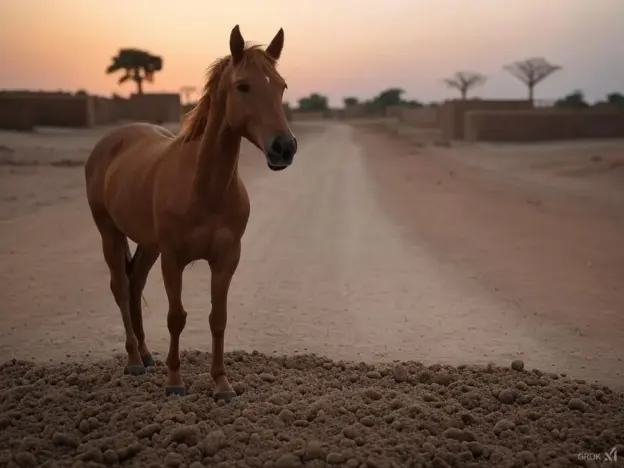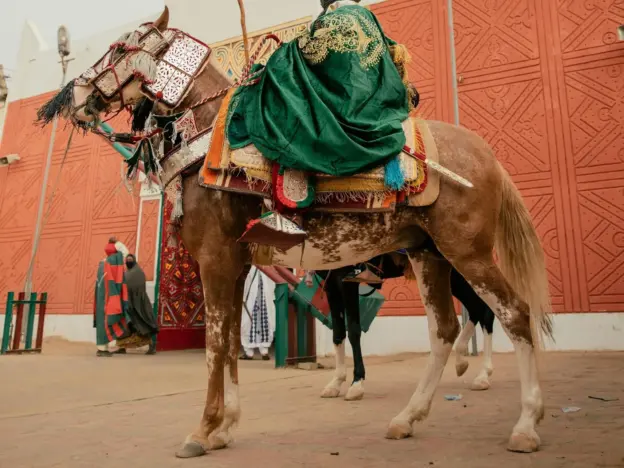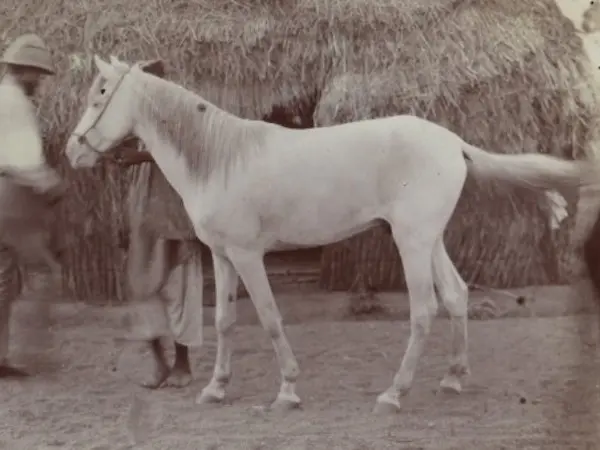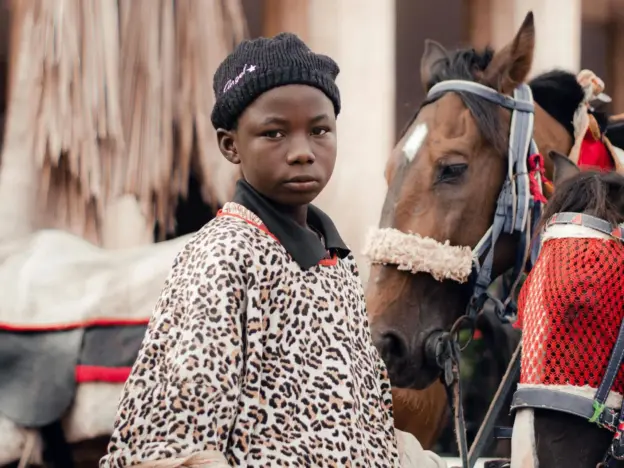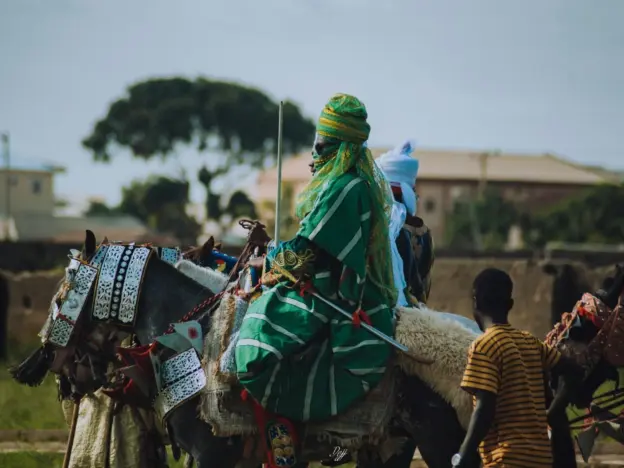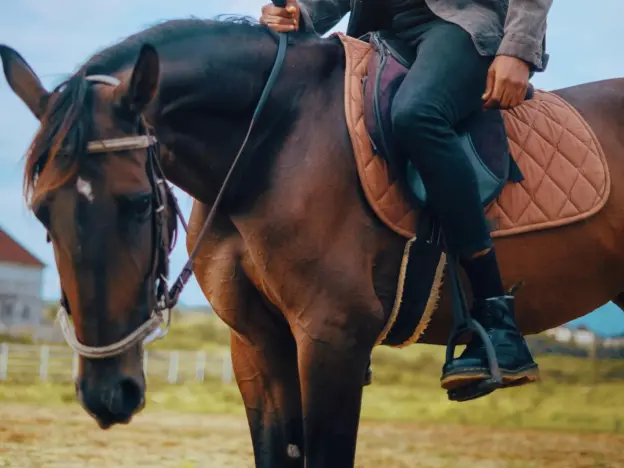Intro
Considered the only true Angolan horse breed, the Kwanhama or Kwanyama horse is most commonly found in the Cunene province. However their numbers are very low and dropping due to droughts in the area. Thus causing local populations to begin using donkeys instead of horses as they are more drought tolerant.
Read more




